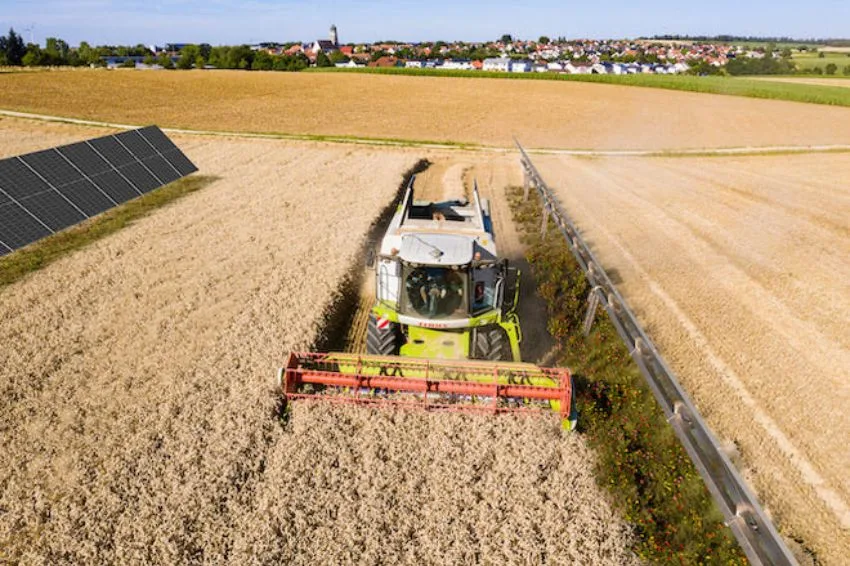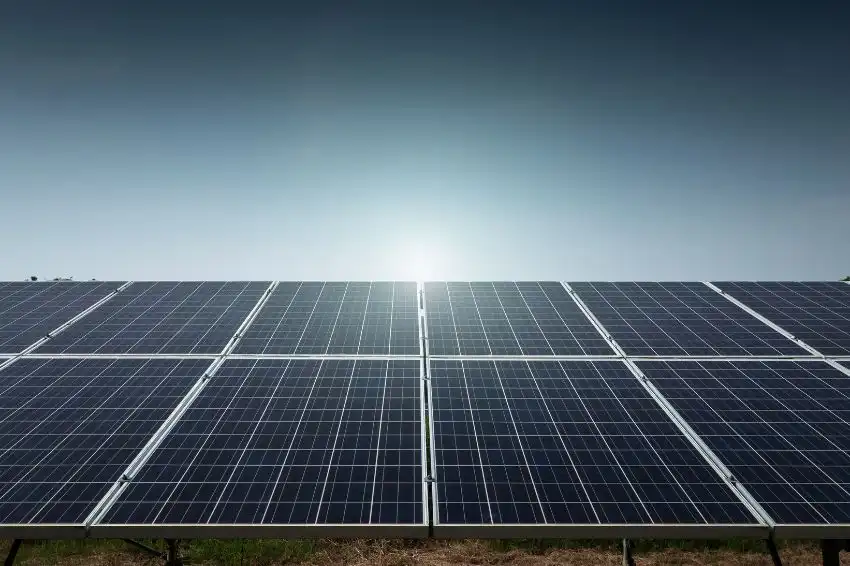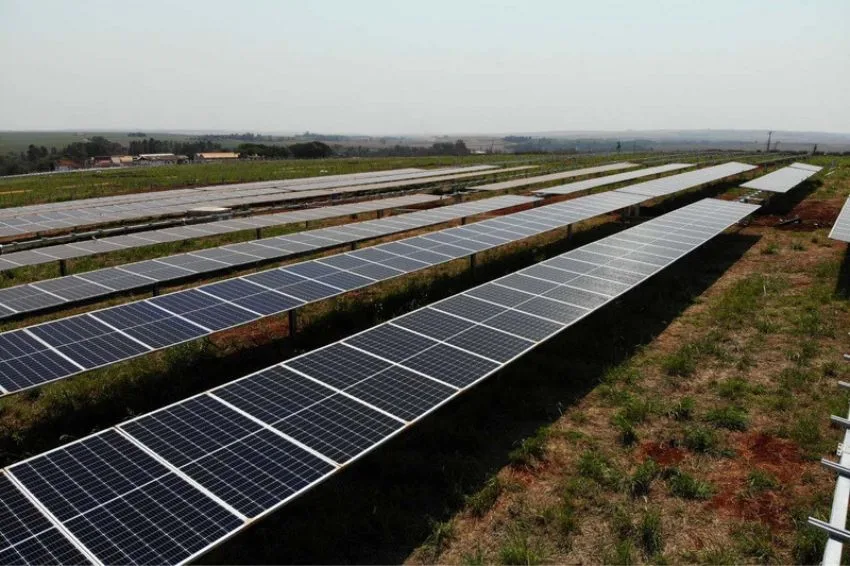A EU (European Union) has an ambitious goal for the solar energy segment: reach around 750 GW by 2030. In this context, solutions that integrate solar energy and agriculture are gaining ground.
According to a study carried out by German Energy Agency, financing programs and legislation aimed at integrating these two markets are the factors that are driving the expansion of photovoltaic sources in the agricultural sector.
Other positive factors are the advancement of applied research to integrate solar energy into the agricultural sector and the growth in the number of projects.
At Intersolar Europe, the world's leading trade show for the solar industry, visitors will have the opportunity to view a range of technologies, products and solutions, and gain deeper insights into best practices and latest developments.
A Intersolar Europe will take place from June 19 to 21, 2024, in Munich, Germany, as part of The smarter E Europe, Europe's largest trade fair alliance for the energy industry. The event will be accompanied by the three exhibitions ees Europe, Power2Drive Europe and EM-Power Europe.
You tracking systems latest for agricultural photovoltaic applications will be presented at the “Intersolar Europe Agrivoltaics Special Exhibition”.
The special exhibition partners are BayWa AG, BayWa re., Conexio PSE, Vista Geo and ZIMMERMANN PV-Steel Group. Among other things, companies will be presenting tracking systems for solar energy applications in the agricultural sector.
Furthermore, of the more than 1,370 exhibitors at Intersolar Europand, around 60 will be showing products and solutions for the segment. Experts will delve deeper into the topic and offer even broader information in several sessions of the Intersolar Forum and the Intersolar Europe Conference.
Agriculture and renewable energy sources
The integration of solar energy in the agricultural sector is a new and innovative approach that offers promising options for agriculture and climate protection by uniting agricultural production and electricity generation on the same surface.
Extensive subsidies at national level within the EU
European countries such as Germany and France subsidize photovoltaic projects in the agricultural sector with the aim of deploying more solar energy while reducing competition for land use.
An example of this investment is Germany's introduction of a separate auction segment with a maximum value for “special solar installation” (which includes photovoltaic installations in the agricultural sector). France is also considered one of the pioneers in legislation dedicated to this type of projects.
Other countries, such as Austria and the Netherlands, also promote the sector. However, despite all this progress, there is still no fully European legislation, which makes things complicated for international investors and project developers.
Benefits of solar energy in the agricultural sector
The advantages of this type of project are obvious: it reconciles solar energy with agriculture, and protection against storms, hail, frost and drought adds an extra bonus for farmers.
Electricity production costs are lower than small rooftop installations, and farmers' income is diversified.
The shading and wind protection provided by solar panels reduces evaporation. Additionally, solar panels have been developed that also collect rainwater for irrigation, benefiting agricultural operations and increasing their resilience against crop failures.
From horticulture and viticulture to large arable land and pastures
Photovoltaic applications in the agricultural sector range across many uses, including horticulture, viticulture, arable land and even pasture.
Currently in Europe, the potential of these applications is particularly evident in horticulture and viticulture, where they can increase the yield of certain plants.
In southern Europe, in particular, where climate change is palpable, red fruits, grapes and olives can benefit from technology. This is because fruit and fruit-bearing vegetables can still produce the same yields even if there is some shading from the solar panels.
A study by Iliotec and Fraunhofer ISE has identified new options for many arable crops such as rapeseed, celery, onions and cabbage. The research also highlighted that when it comes to plants that are particularly sensitive to shading, it is important to pay attention to the width of the plant rows. In pastures, the modules can protect animals against wind and precipitation, improving their well-being.
Best practical projects in Europe
Pilot projects are emerging across Europe. In Meierijstad, the Netherlands, for example, BayWa re AG and its subsidiary GroenLeven are implementing a pioneering project: an 8.7 MW peak solar installation covering a vast raspberry plantation.
In Sicily, figs and olives grow between the rows of modules of Europe's largest agricultural photovoltaic plant, which has a capacity of 135 MW.
In Neißeaue, Germany, Next2Sun Technology GmbH is working on a 20 MW solar farm with vertical modules, while Vattenfall is building a large 79 MW agricultural photovoltaic project with a single-axis tracking system on 93 hectares of a organic free range eggs in Tützplatz, Germany.
All content on Canal Solar is protected by copyright law, and partial or total reproduction of this site in any medium is expressly prohibited. If you are interested in collaborating or reusing some of our material, we ask that you contact us via email: [email protected].
All content on Canal Solar is protected by copyright law, and partial or total reproduction of this site in any medium is expressly prohibited. If you are interested in collaborating or reusing some of our material, we ask that you contact us via email: [email protected].















